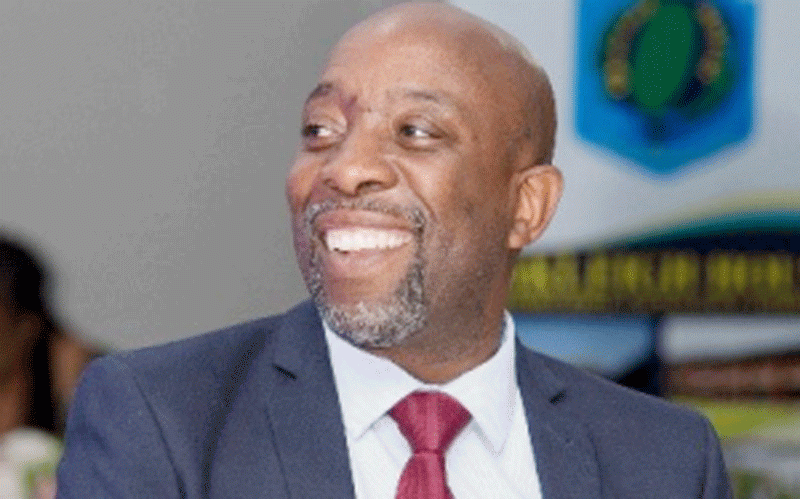
ZIMBABWE has only one forensic pathologist in the public sector, a situation which causes a delay in solving murder cases in the country, a senior government official has said.
BY NUNURAI JENA
Forensic pathology is a sub-specialty of pathology that focusses on determining the cause of death by examining a corpse.
Permanent secretary in the Ministry of Health and Child Welfare, Gerald Gwinji told The Standard last week that the country had one forensic pathologist in the public sector and a few in the private sector.
“Currently, we have one. Inasfar as government general pathologists are concerned, we have three in service,” said Gwinji. “We also have some pathologists in the private sector. The shortage is really not a result of the brain drain, but the small output we have and the zero numbers who then choose to sub-specialise in forensics.”
He said pathology had several areas of specialisation one of which was forensics.
Gwinji said the country was relying on expatriates because the country does not offer forensic pathology training.
“Zimbabwe does not have a local forensic pathologist, and we have been relying largely on expatriate ones, especially from Cuba who come on a special government-to-government arrangement,” he said.
- Chamisa under fire over US$120K donation
- Mavhunga puts DeMbare into Chibuku quarterfinals
- Pension funds bet on Cabora Bassa oilfields
- Councils defy govt fire tender directive
Keep Reading
The shortage of forensic pathologists in the country has caused some problems in the identification of decomposed bodies.
In April this year, a patient went missing at Chinhoyi General Hospital, but due to the shortage of forensic pathologists no tests were done to establish whether the skull found was of the missing person.
Relatives insisted that the skull belonged to their missing relative. Gwinji said it was “very unlikely” that the two were linked because of the advanced state of decomposition of the skull.
“For the missing patient from Chinhoyi, the case is still open with the police and investigations are on-going. The relatives are in the loop,” said Gwinji.
“Internally, we have instituted investigations to deal with the apparent laxity that occurred and have put in place measures to ensure that patients are appropriately clothed in hospital attire for easy monitoring and identification as we believe the missing patient, who was dressed in ordinary clothing simply walked out around visiting time.”
He said the skull was given a pauper’s burial with the police’s consent last month.










